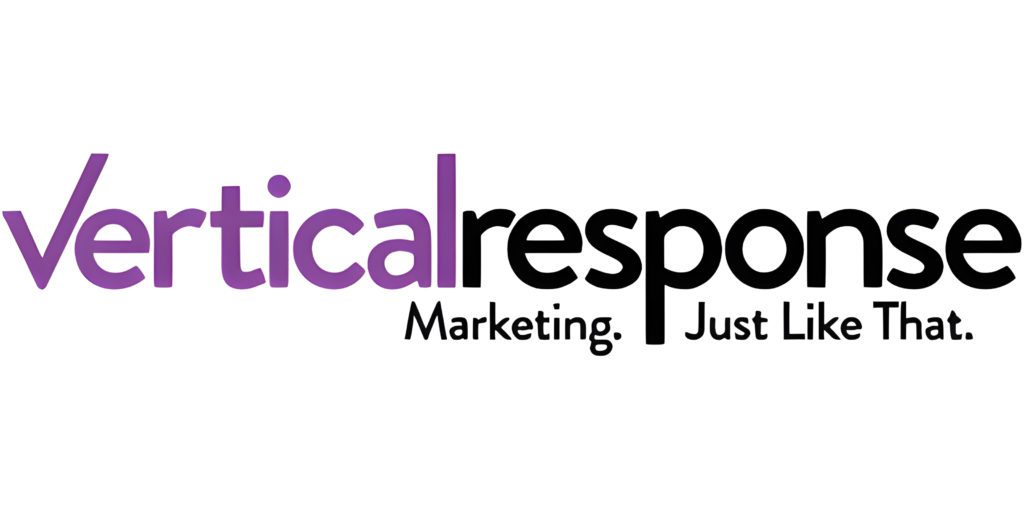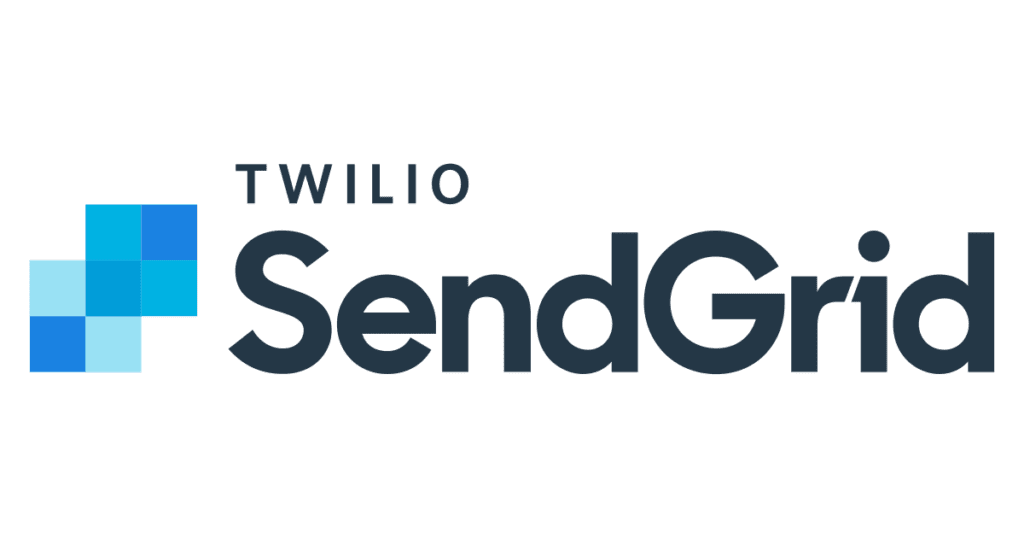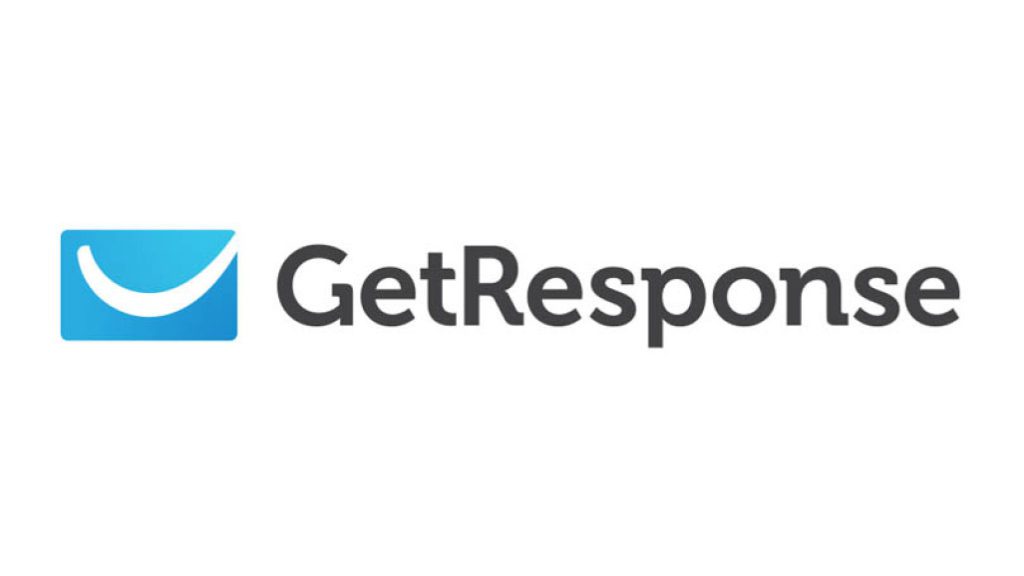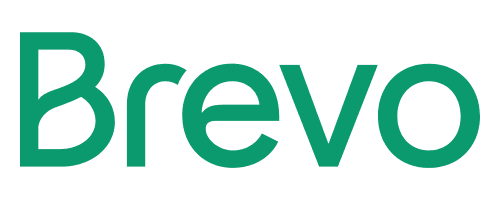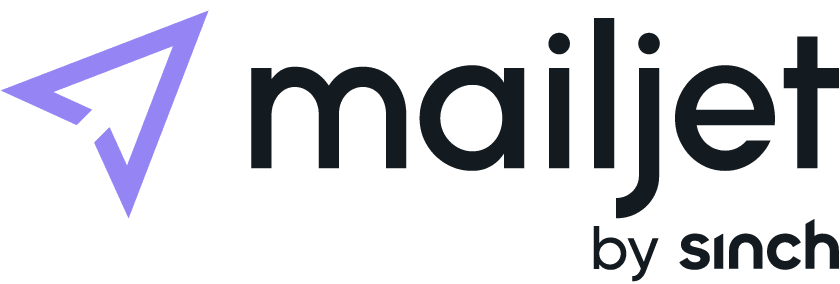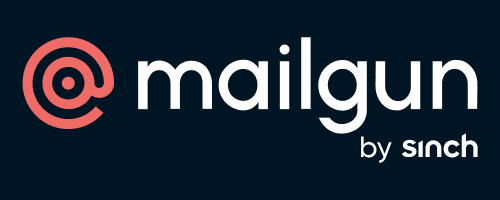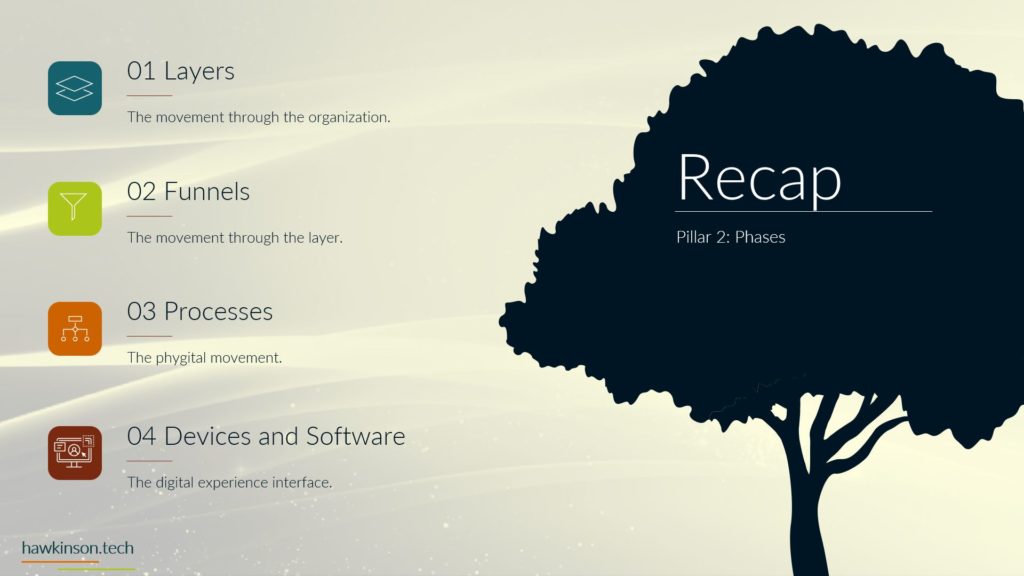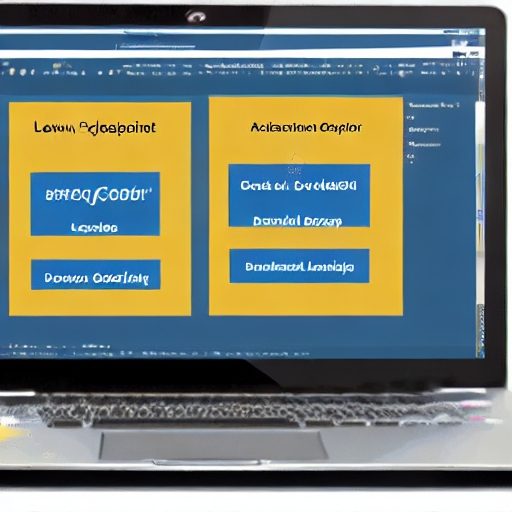In today’s digital era, data is the lifeblood that courses through the veins of every organization. It is the driving force behind seamless digital experiences that captivate users and elevate businesses to new heights. As we venture into the third pillar of our journey through digital experience foundations, we reach the core element that underpins it all – data. In this article, we will explore the various facets that compose this essential pillar, understanding how data shapes a transformative digital experience.
Software – Empowering Data Facilitation
At the heart of data management lies software, the invisible hand that orchestrates the symphony of digital interactions. Software is a powerful facilitator that empowers organizations to create seamless interfaces for users to interact with data. From robust customer relationship management (CRM) systems to sophisticated enterprise resource planning (ERP) software, every application plays a crucial role in data facilitation.
In this section, we will delve into software’s pivotal role in shaping the digital experience. We will explore the evolution of software from basic data storage systems to advanced data analytics platforms. Businesses can craft intuitive and efficient digital landscapes by understanding how software acts as a conduit for users to access information, make changes, and engage in processes. We will also explore the importance of user interface (UI) and user experience (UX) design in enhancing data interactions and maximizing user engagement.
Devices – Gatekeepers of Data Access
In the digital realm, devices serve as the portals through which users access vast troves of data. Each device assumes a unique role in the digital ecosystem, from smartphones to tablets to laptops and desktop computers. Devices act as gatekeepers, regulating user access to data and resources and ensuring that data remains secure and only accessible to authorized individuals.
In this section, we will explore the intricacies of device management and its impact on the digital experience. We will discuss the challenges of ensuring data security across a multitude of devices and the importance of device compatibility with software applications. Organizations can safeguard data integrity and protect sensitive information from potential breaches by implementing effective device management strategies.
Security and Backup – Safeguarding the Digital Foundation
In a world where cyber threats loom large, data security is paramount. A robust digital experience relies heavily on data security and reliable backup protocols. This section will delve into the critical aspects of safeguarding data from potential threats and vulnerabilities.
We will explore the different layers of data security, from access control mechanisms and encryption to multi-factor authentication and data anonymization. Additionally, we will discuss the significance of regularly backing up data to prevent data loss in system failures or cyberattacks. Organizations can ensure business continuity even in the face of unforeseen challenges by prioritizing security measures and establishing comprehensive backup strategies.
Connections and the Cloud – Enhancing Data Communication
Data does not operate in isolation; it thrives on seamless communication with other elements, including software and systems. This section will explore the intricate web of data connections and how they enrich the digital experience.
We will discuss the importance of Application Programming Interfaces (APIs) in enabling smooth data exchange between different software applications. Additionally, we will unravel the potential of cloud technologies in data storage and processing, enabling greater flexibility and scalability. Cloud computing has revolutionized data management, allowing organizations to scale resources as needed and reduce reliance on physical infrastructure.
Regulations and Compliance – Navigating the Legal Landscape
In the digital world, adherence to data regulations and compliance is not a choice but a non-negotiable aspect of any successful enterprise. Data privacy laws, such as the General Data Protection Regulation (GDPR), dictate how organizations collect, store, and process user data. This section will delve into the impact of data regulations and other data-related norms.
We will explore how regulations govern data practices and build trust among stakeholders. Failure to comply with data regulations can result in severe financial penalties and reputational damage. Therefore, understanding the legal landscape is vital in crafting a digital experience that respects user privacy and fosters trust.
Harnessing the Power of Data for Transformation
Data is not merely a resource; it forms the backbone of our digital foundation, influencing every aspect of our digital journey. By understanding the power of software in data facilitation, securing data through devices and backup strategies, embracing seamless data communication, and adhering to regulations, businesses can unlock the full potential of data-driven digital experiences.
In conclusion, we have uncovered the pivotal role of data in shaping a seamless digital experience. Armed with a comprehensive overview of data management, security, and compliance, organizations can create a digital landscape that fosters growth, engagement, and lasting connections with stakeholders. As we move forward in this exploration, we will dive deeper into each aspect, exploring best practices, case studies, and real-world examples that exemplify the transformative power of data in shaping exceptional digital experiences. By harnessing the insights gained from this article, businesses can forge a path toward a data-driven future that empowers their digital ecosystem. Stay tuned for the upcoming sections as we unravel the full potential of data in the digital world.











